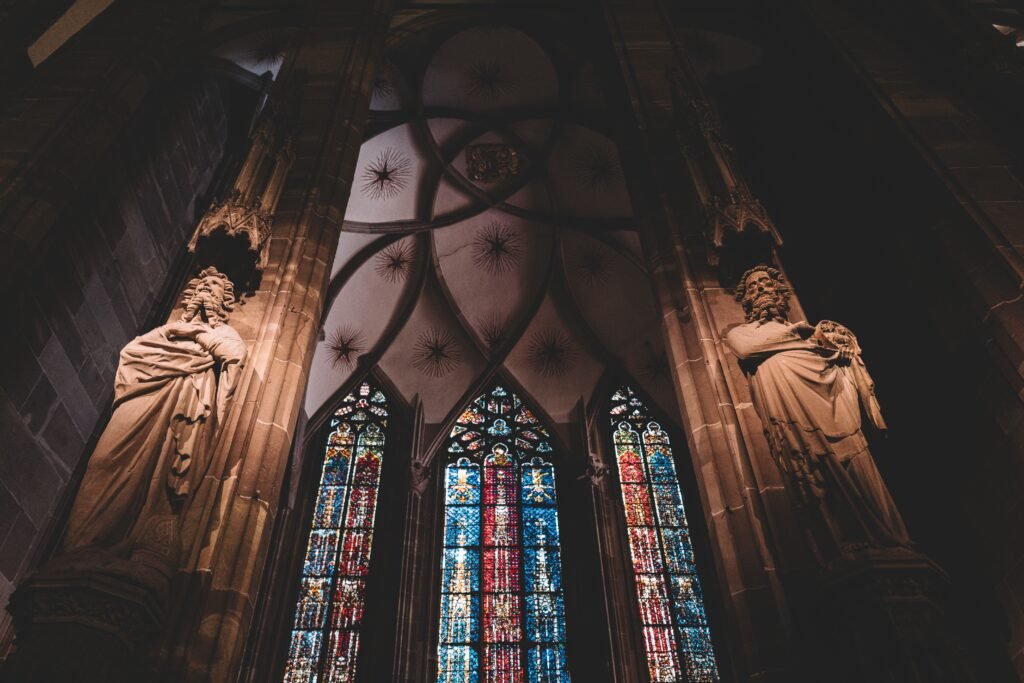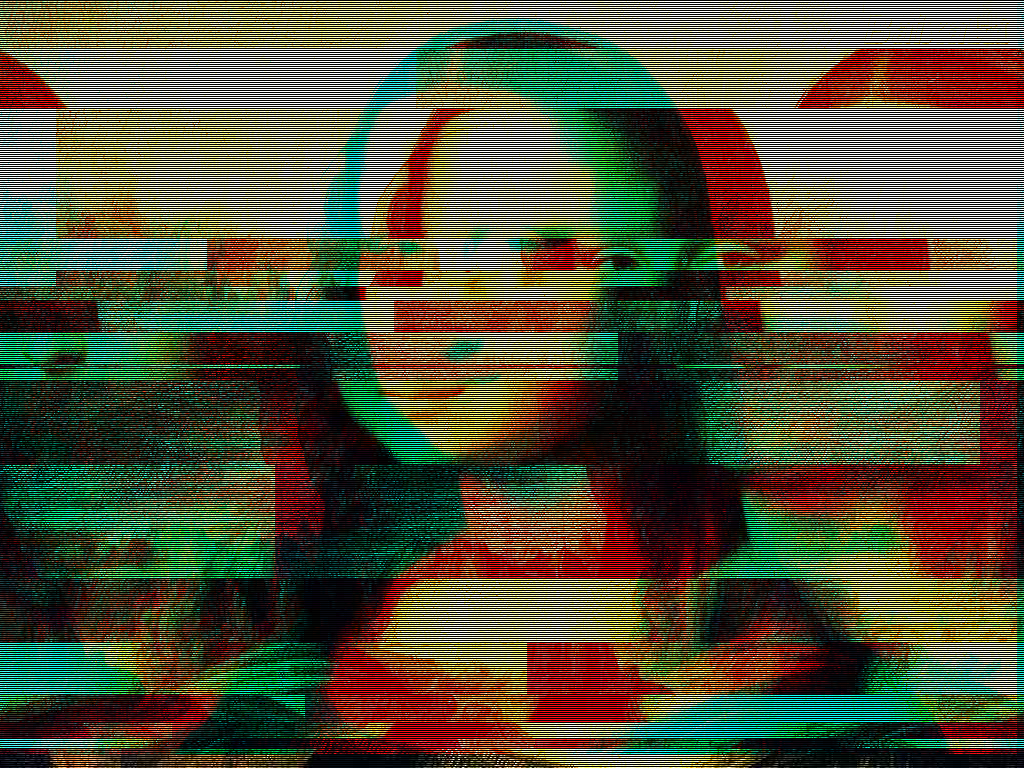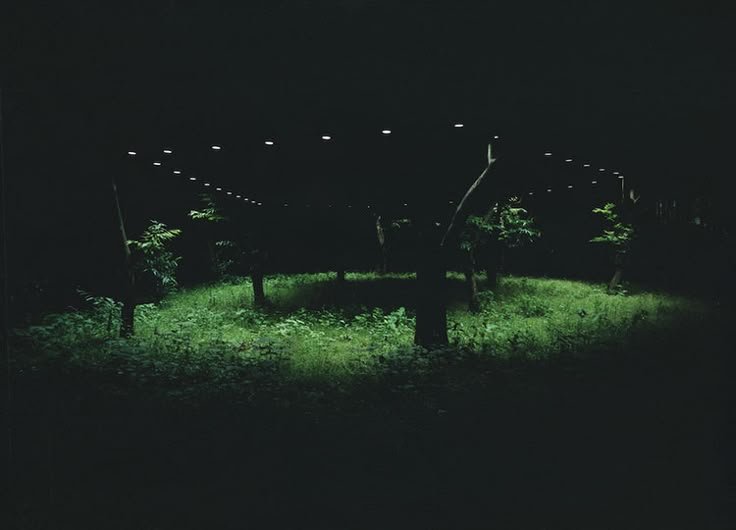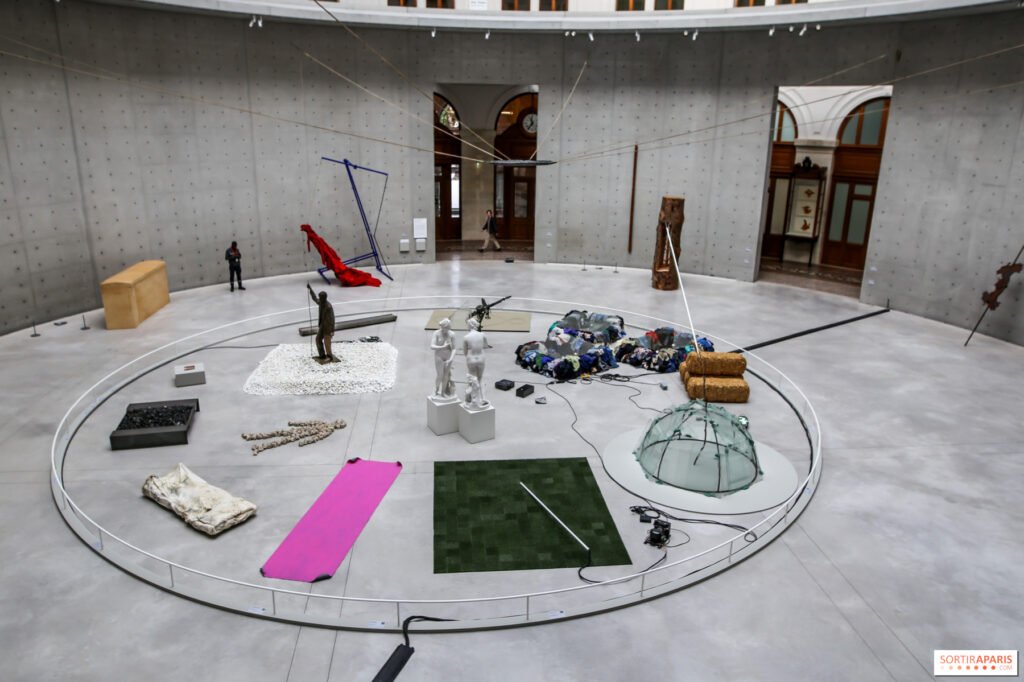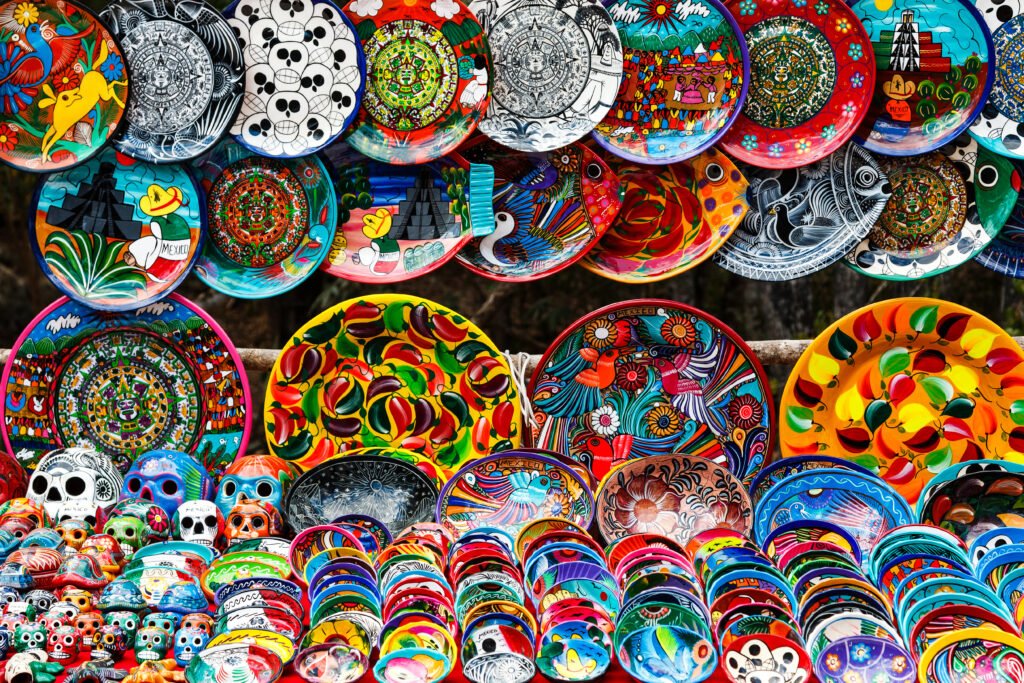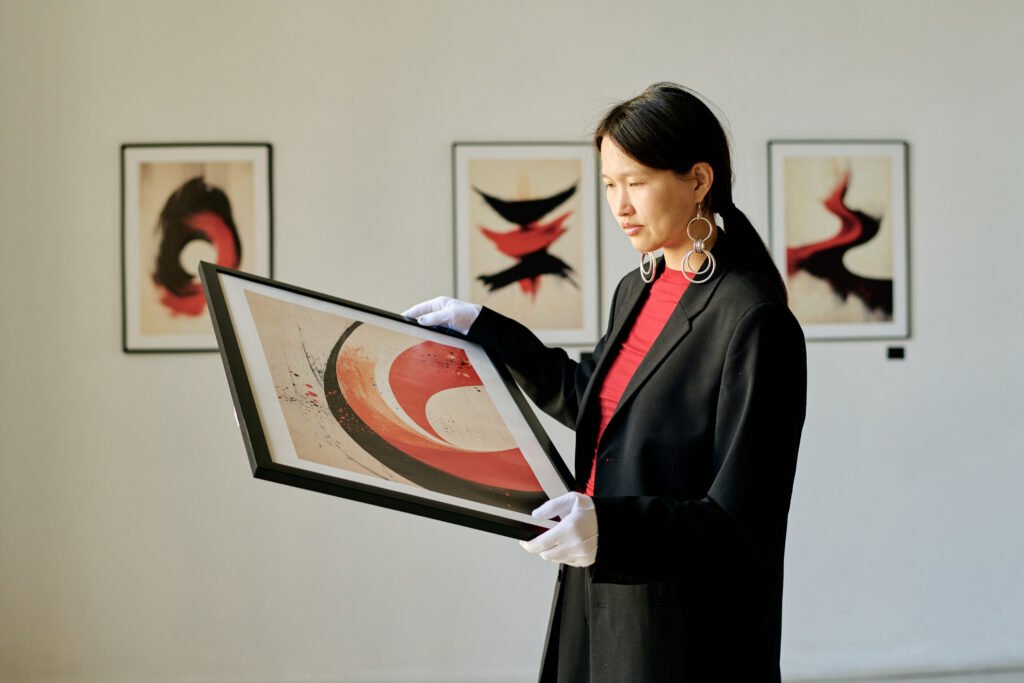From Renaissance Masters to Red Dead Redemption II: How Did the Notion of Masterpiece Emerge in History?
Since the 13th century, the concept of masterpiece emerged within guilds as an assessment criterion. When an apprentice completed a unique technical piece, it served as a requirement to achieve the status of master. In these urban associations, the Latin term magister opus or the German Meisterstück referred to the model piece that demonstrated technical […]




